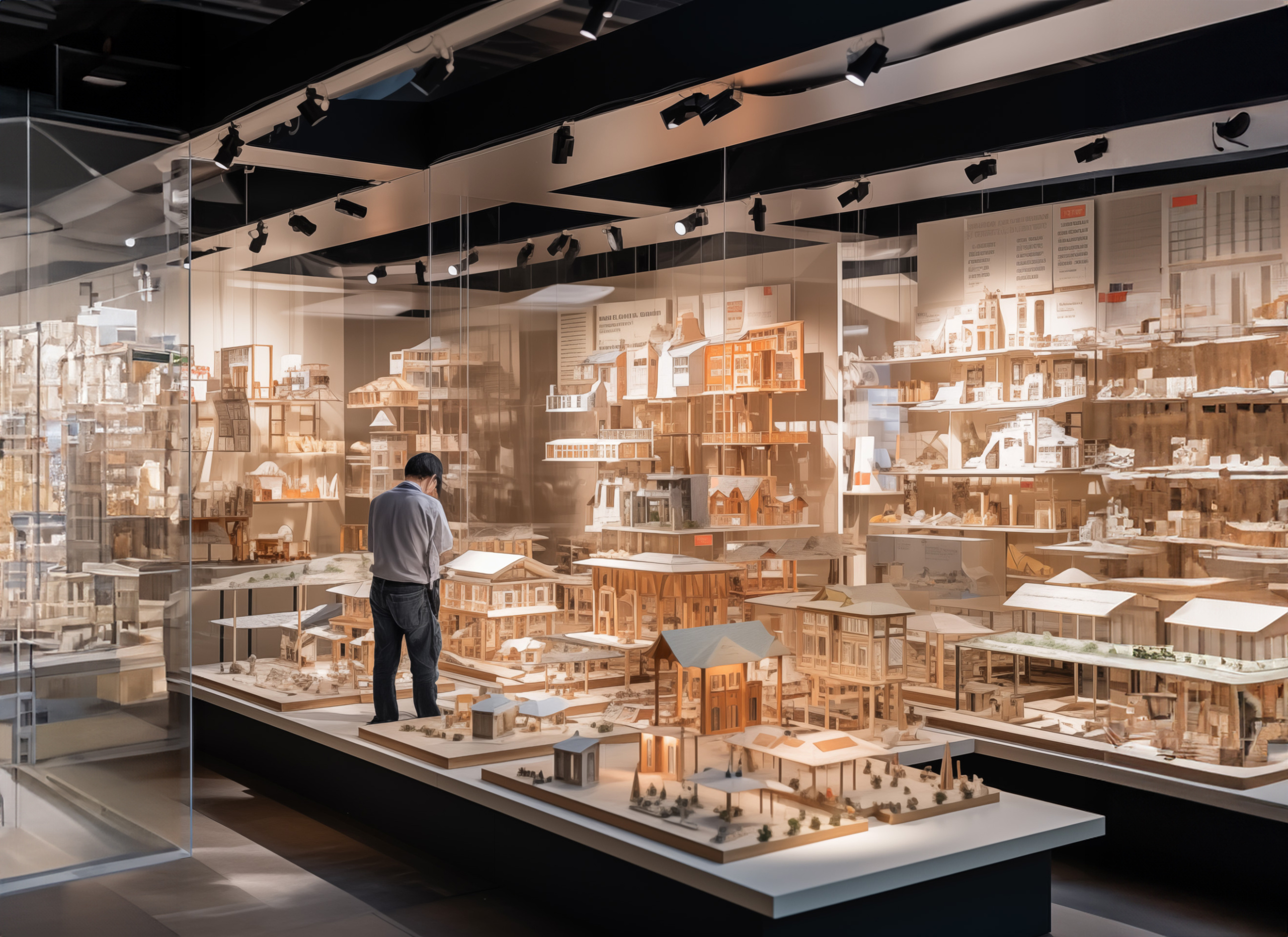Business Architecture
1. A light suitcase
The best way to ‘travel light’ is not to take a bag.
It’s better to pack a few clothes; it’s easier to find a laundromat once a week than to carry extra luggage for the entire trip.
When aiming to establish a business, there’s often a desire to have premium infrastructure:
wide space in great location, skilled personnel, and powerful tools. Quality infrastructure, both in terms of its quality and size, often signifies that a business is ready to provide service to large clients.
However, current expenses can weigh heavily on the business, turning it into a ‘monster machine’ that constantly demands “feeding”. Over time, this may push us into accepting projects at prices we hadn’t originally planned for.
The trick is to find the balance and build a business that “travels with a light suitcase”:
On one hand, it should have the capability to handle large and complex projects with high quality while delivering excellent service to clients. On the other hand, it should maintain low expenses, agility, flexibility in adapting to changes, and the freedom to make decisions and select projects.
One solution for such a business is to collaborate with other enterprises, sharing work, space, and expenses, and growing gradually over time. Such a business will be adept at adjusting and enduring periods of low demand or high workload.
2. Abu Nafha (puffers or balloonfish)
One notable trait of the fish belonging to this family is their ability to swallow water, swell, and thereby increase their size two-fold or more for protection.
In the context of Israel, it’s often referred to as the “State of Abu Nafha.” Many businesses also employ a similar tactic of “inflating” their visibility by showcasing metrics such as projects, offices, employees, connections, or financial resources to attract more customers and business partnerships.
Our relationship with size and strength parallels the laws of gravity: as an entity appears larger, stronger, and more influential, it naturally attracts other entities seeking to associate with it.
In presentations, on websites, on social media, and in meetings, it’s beneficial to present ourselves in an inflated manner, but we should be cautious not to overdo it and risk ‘exploding’.
3. Street food or haute cuisine
Falafel is sold for ten shekels at a street stand, with fresh pita ready every minute, tasty and affordable. Nearby, two Israelis watch with envy, imagining the profits.
On the other hand, gourmet dishes at a chef’s restaurant cost hundreds of shekels, served in an upscale ambiance to a few clients who enjoy leisurely lunches lasting an hour or two. This represents two ends of the spectrum: mass-produced, budget-friendly fare versus exclusive, high-priced culinary experiences.
Similarly, in architecture, there are two main ways for earning money:
– Large-scale projects like the “Savioni Nes Ziona” neighborhood involve numerous buildings with standardized construction methods. Although individual profits per unit may be low, the volume of work ensures a steady income flow for the firm, often dealing with big contracting companies.
– Luxury projects cater to wealthy clients, whether it’s small-scale ventures such as upscale villas or grand endeavors like designing iconic glass towers for residences, offices, or hotels. These projects demand exceptional quality and personalized service, targeting ambitious companies or individuals willing to invest substantially.
Between these extremes lie various architectural endeavors like designing private homes, apartment renovations, or urban development projects. While these can sustain a practice, they often lack the profitability of larger or more exclusive ventures.
In Israel, opportunities in the public sector, such as competitions or projects commissioned by government bodies or institutions, are limited compared to other countries. Consequently, architects often rely on entrepreneurial pursuits as the primary source of income.
When choosing a focus within architecture, it’s crucial to either specialize in one area or find ways to combine them strategically. Avoiding the middle ground is advisable for maximizing potential success.
4. Sniper or machine gun
Comparing marketing strategies is like comparing a sniper to a machine gun.
A sniper carefully aims and fires one precise bullet every few minutes, while a machine gun unleashes dozens of bullets in seconds, covering a larger area with less accuracy.
Similarly, marketing a business to potential customers can be qualitative or quantitative. Qualitative marketing is focused and deep, targeting specific projects and clients. It emphasizes the firm’s expertise in the field and aims to attract these specific customers. On the other hand, quantitative marketing aims to engage with a large number of customers, albeit with less personalization.
Generally, qualitative marketing works well for business-to-business relationships in quality projects, while quantitative marketing suits basic projects or businesses targeting consumers. However, the choice depends on the nature of the project and the firm’s direction.
For an architectural firm, this means deciding whether to specialize in specific fields, defining the firm’s essence and unique branding, or exploring various fields to capitalize on changing opportunities.
In architecture, unlike selling washing powder, cultural, social, and environmental values are essential. Projects take time, involving careful planning and execution while engaging with a small group of people. Personal relationships and the firm’s reputation are crucial in this context.
So, pack light, choose a field, inflate yourself a bit and aim high.
